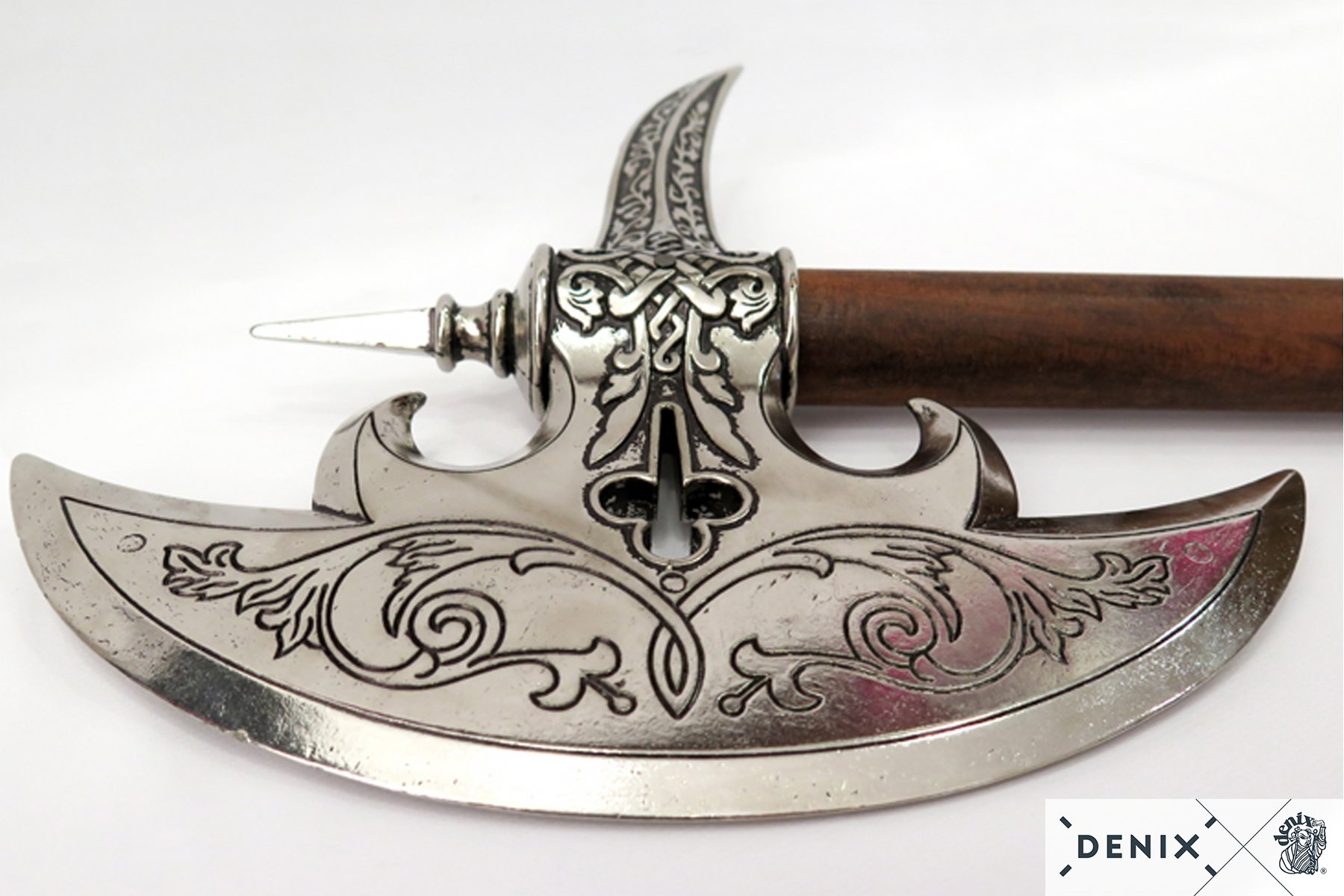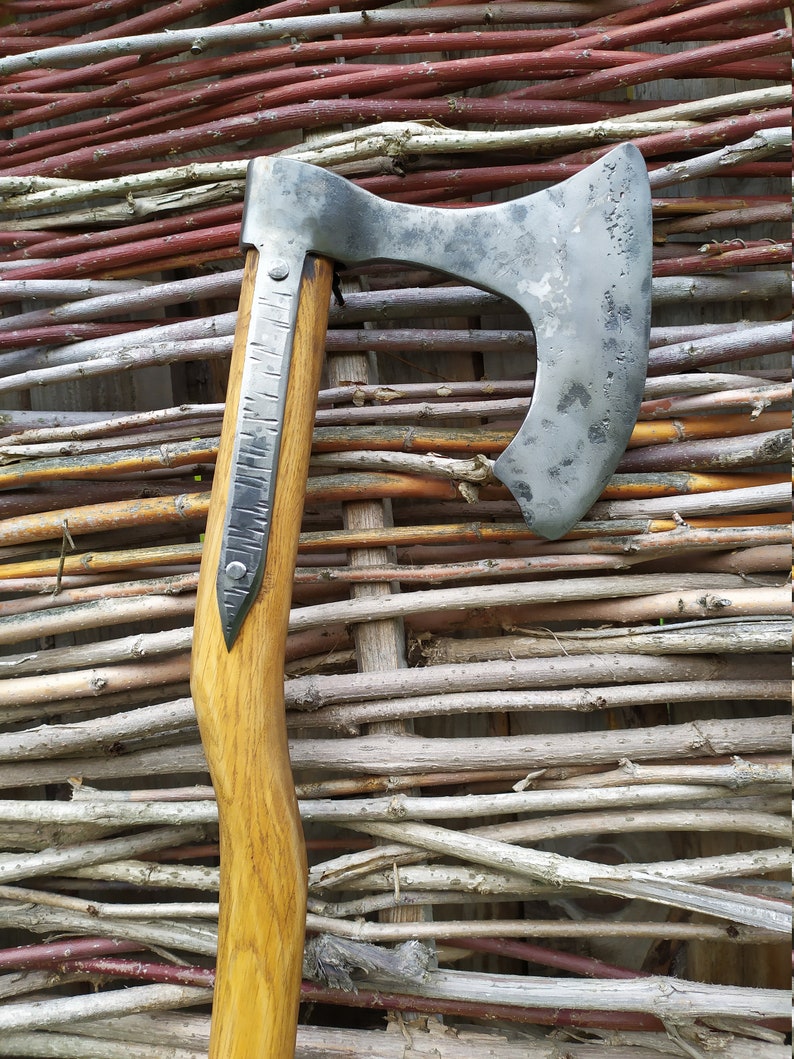

Axes, two-hand hammers and two-hand swords (Claymore) were also used, but they were rather rarer weapons. The Celtic spear possessed relatively broad points and were a grand example of this weapon type. This weapon became the model for the gladius used by the Roman legions. The Celtic, Celtiberian (that’s a mixed Celtic and Iberian tribe) and Iberian tribes of Hibernia (modern Spain) fashioned a short double-sided sword that was ideal for stabbing. Some particularly large and well-crafted swords have been found in England that may have been for rituals however, a military employment is also possible. There were true masterpieces, but some ancient writers reported swords that, after the first impact of a warrior, bent or became blunt. Celtic swords varied greatly in their quality. The swords were initially short swords, but they later became long swords. As close-range weapons, spears, two-hand hammers, axes and swords would be used.

In late ancient times, the Picts already used light crossbows. The Gaesatae, a group of Celtic warriors from the Alps, are said to have used poison on their ranged weapons. Young warriors fought usually with primitive javelins, slings and bows, while well-crafted pila or harpoon-type javelins were carried by Celtic champions. In addition, one must say that javelins were not necessarily the primary weapons of a warrior many close-in engagement troops additionally carried thrown weapons.

The stones of the slings were usually taken out of rivers, since these were well formed by the current. Distance combat weapons were javelins, harpoons, bows and slings. The Celts used a multiplicity of ancient weapons, which is probably due to their warrior culture. It took the Roman military 500 years before they achieved security from the threat of Celtic warriors pouring through the gates of Rome. If fact, the very real threat that their empire would be wiped out by a Celtic invasion was always in the back of their minds, and it almost came true on several occasions. They considered the Gauls to be powerful, although crazy, and felt the Celtic warriors of the Iberian peninsula were cunning and skilled. The Romans had more respect for their bravery and ability to fight toe-to-toe. This is how they regarded the Egyptians and peoples of the near-East, but the Celts were a different matter. To the Romans, the people of the East lacked manliness and vigor. The Celts invaded Greece and Macedonia after the death of Alexander. This is a Roman copy of a Greek statue depicting a dying Celtic warrior. Led by warchiefs, who could at times command the warriors of multiple tribes, the Celtic warriors invaded the “civilized” lands of Europe. Painting of Celtic Warriors of Britian on a chariot and a Celtic settlement. The effect this had on the Romans changed history as they poured their energies into their military with single-minded focus that would eventually win them an empire. This was a fact the Romans never forgot, as it had been forever planted in their psyche when the young republic was sacked by the Celtic warchief Brenus. However, whether in Asia Minor or Ireland, the Celtic warrior remained essentially the same, a capable warrior and someone to be feared. In southern Gaul they developed impressive armor and preferred long swords, while in Britain they continued to fight from chariots that they had adapted to rough ground. In Spain, they became master swordsmen accustomed to up-close combat with their short swords. As the Celts spread over their vast range, having conquered most of Europe at their height, their warriors developed different styles of warfare. Their attacks on the battlefield were fearless, wild and savage, but they were also skilled and deadly. The Celtic warriors, or Gauls as they were called in the French part of their range, spiked their hair up with lime and wore horned and winged helmets to emphasize their large stature. Celtic warriors stood a head taller than their Mediterranean opponents and are described as having muscular physiques. It was a well-earned reputation, and they repeatedly gave the Mediterranean world reason to fear them. To the Romans, Greeks and other "civilized" people, the Celts where a re-occurring nightmare that unpredictably erupted from darker Europe. For hundreds of years, the Celtic warrior represented the quintessential barbarian warrior to the settled peoples of the Mediterranean.


 0 kommentar(er)
0 kommentar(er)
